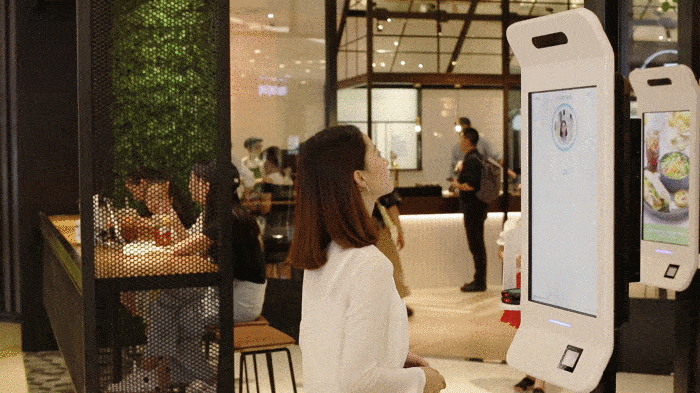
People are changing the way they pay money now. Why do most people stop using cash and cards? In China, 500 million people are already using face pay! Soon, America and Europe will too. By 2026, 5.2 billion people will have digital wallets, many using face scans. This will help solve a big problem of $600 billion – when 59% of online shoppers abandon their purchases due to difficulties finding their credit cards. Here’s how the facial recognition payment system and other biometric methods are changing the payment landscape and the challenges that lie ahead. [Source 1,2].
1. The Evolution of Payments: From Cash to the Facial Recognition Payment System
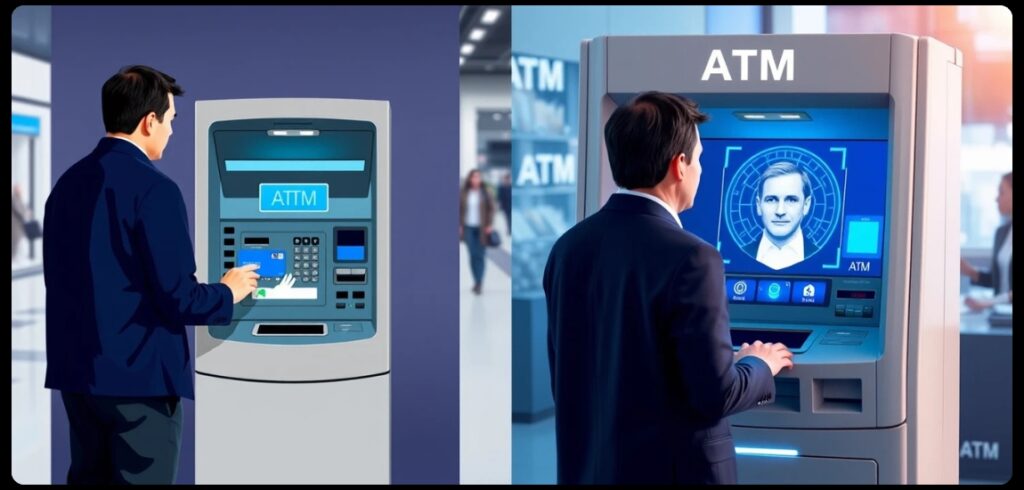
The payment world is changing a lot. First, people used cash, and then credit cards came. Now, digital wallets are here too. There is a new thing called the Facial Recognition Payment System. It helps people pay easier and safer. This kind of payment uses faces to check who you are. So, no need for cards or remembering numbers.
With just a look, you can buy stuff. In China, many people—about 495 million—used this face payment in 2021. That shows more and more folks like it. As this tech grows, lots of companies and governments are putting money into it. They think it’s important. By 2027, the facial recognition payment market could be worth $7.8 million! It’s growing fast, like 17.2% each year since 2022. This means that payments in the future might just be about using your face. [Source: 1,2,3 ]
2. How Facial Recognition Payments Can Change Digital Wallets
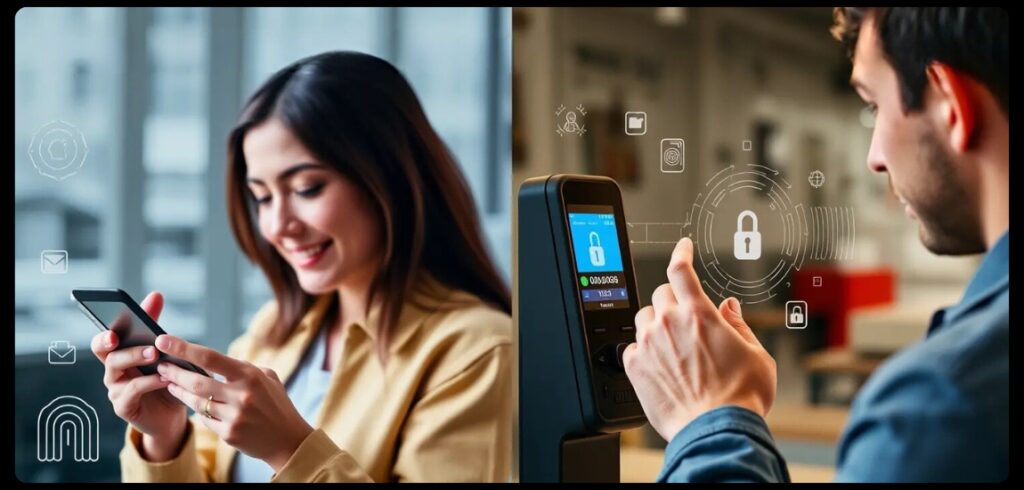
By the year 2026, digital wallets will have lots of users, approximately 5.2 billion! The facial recognition payment system will help this number grow big.
Here are some cool things this tech can do for payments:
Making Purchases Easier: Many shoppers complain that buyers stop buying things online because they can’t find their credit cards at the time of adding to the cart or don’t want to type in their brief payment info. With facial pay, people can buy stuff fast and easily, making them happy and buying more things. This will help shoppers generate more profit and may also make buyers spend their money quickly on buying products.
Keeping Money Safe: The facial pay system uses special facial features that are unique to each person. This makes it difficult for bad guys to trick the system like they do with regular payments. So, users stay safe from bad things like identity theft and fake transactions. [Source]
3. Beyond Faces: New Biometric Methods Emerging Alongside the Facial Recognition Payment System
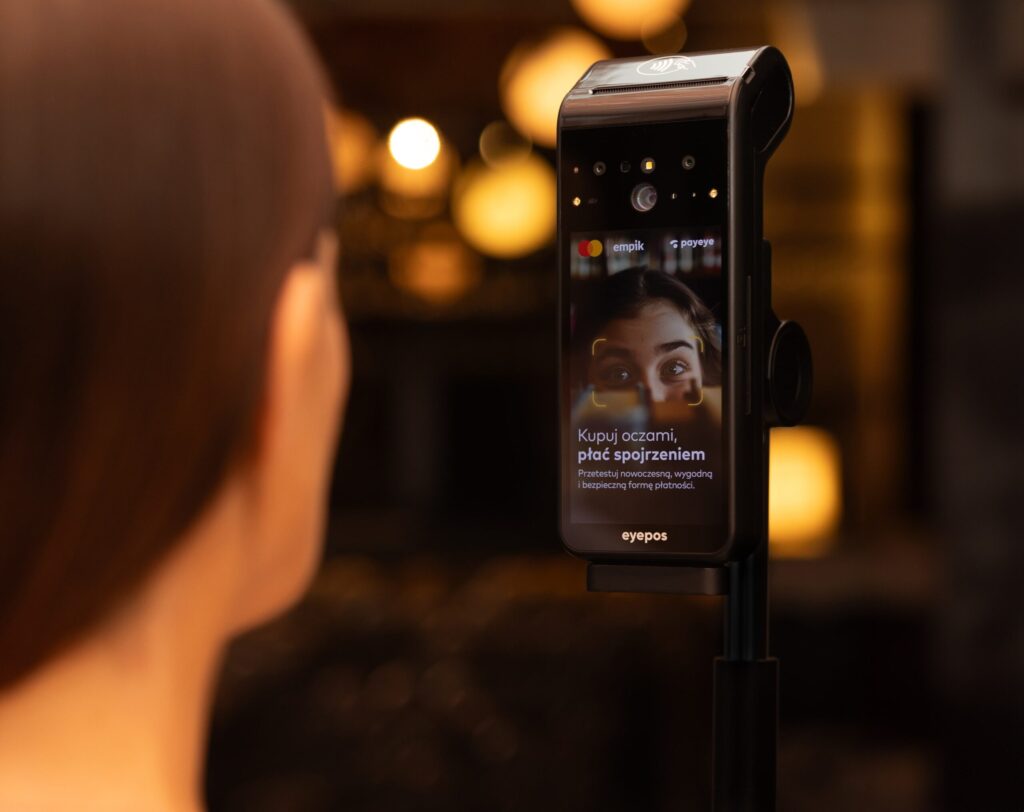
Eye-Tracking Payments: Mastercard tries “buy with eyes” in Poland. Users can pay by moving their eyes, like a game! This helps them pay fast in some stores.
Fingerprint Cards: BNP Paribas made cards with fingerprint sensors. Now, users do not need a PIN; touch it and go! This makes payments safe and easy.
Voice Pay: Some systems listen to your voice to know it’s you. Your special voice sounds unique, so it’s good for paying without hands.
Gait Pay: New tech can see how you walk and know it’s you. It’s like a special step to pay, not ready yet but maybe soon.
These advancements indicate that the facial recognition payment system is just the beginning, with the future of payments likely to involve multiple forms of biometric authentication. [Source: 1,2,3,]
4. Governments worldwide are increasingly adopting biometric payment solutions, such as facial recognition systems, to enhance service quality and security.
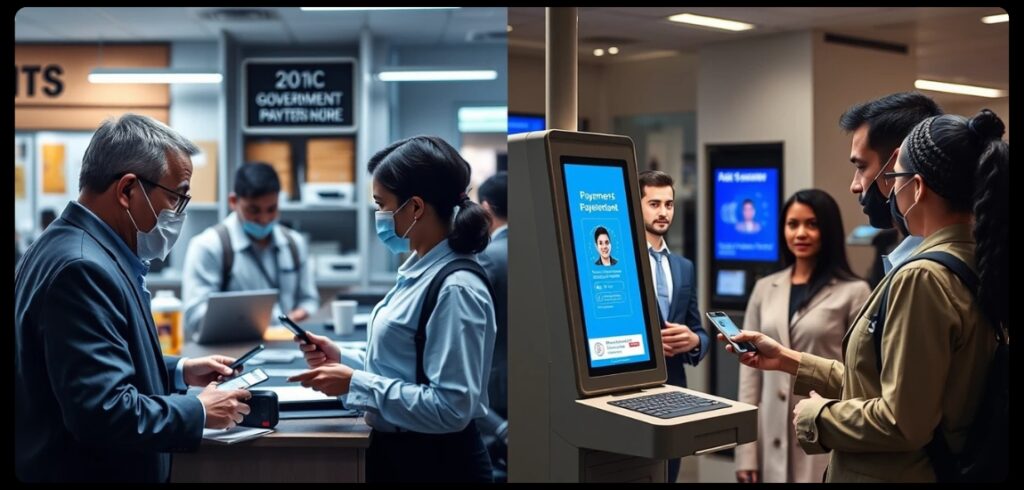
EU’s Digital Identity Initiatives: The European Union is planning to launch a single biometric identification system for all 27 member states by 2026 as part of the EU’s eIDAS 2.0 Initiative. This project seeks to integrate facial recognition technology to create a smooth digital identity process throughout Europe.
India’s Aadhaar Program: One of the biggest biometric identification projects worldwide, the Aadhaar program has a database of around 1.4 billion individuals. Different types of biometric information, such as facial recognition, are utilized for various purposes. The system uses the government-supported BHIM Aadhaar Pay platform, enabling individuals to verify transactions using biometric techniques.
China’s Facial Recognition System Adoption: Facial recognition technology has been widely adopted in China, with more than 500 million people utilizing it for payments, demonstrating its viability and potential for widespread use. Facial recognition’s growing use across industries indicates its adoption as a popular payment option.
These government efforts demonstrate a growing endorsement for integrating facial recognition payment systems into everyday living. [Source: 1,2,3]
5. Security Risks of the Facial Recognition Payment System: Challenges Ahead
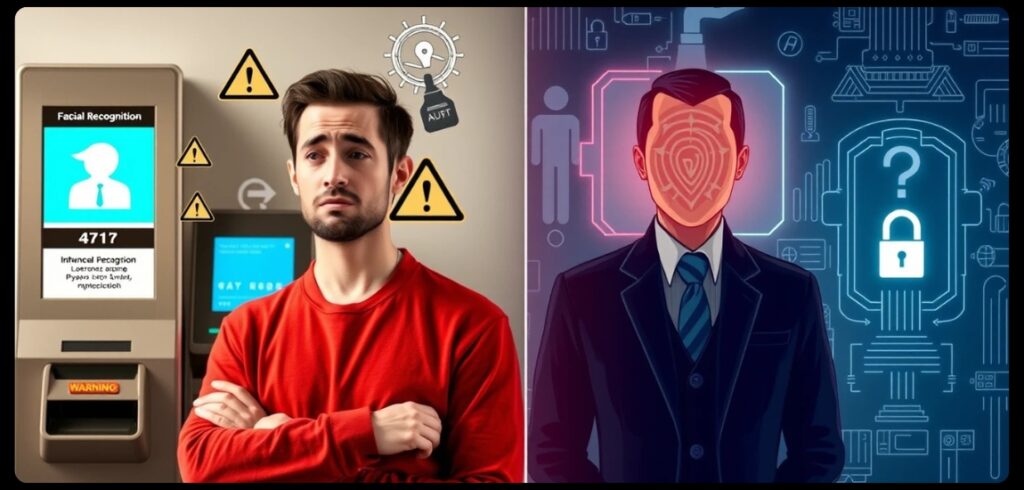
Even though it has a lot of good, the facial recognition payment system has some major risks. There have been cases of biometric data breaches that make people worry about the safety of such systems:
2019: A breach happened in the UK and exposed 1 million fingerprints, showing how weak the biometric data storage and security is.
2021: Hackers in China stole around 3 billion biometric data points, including facial recognition data, which shows how dangerous it is to use this technology widely.
2022: In Thailand, a data breach involving a retailer damaged 125GB of biometric information, making it clear how dangerous it can be.
Unlike passwords, which can be changed after a breach, biometric data like facial features can’t be changed so breaches can be even worse. Once somebody gets access to your biometric data, you can’t just change your look to protect yourself. [Source: 1,2,3,4]
6. Regulatory and Legal Gaps in the Protection of Facial Recognition Payment System Data
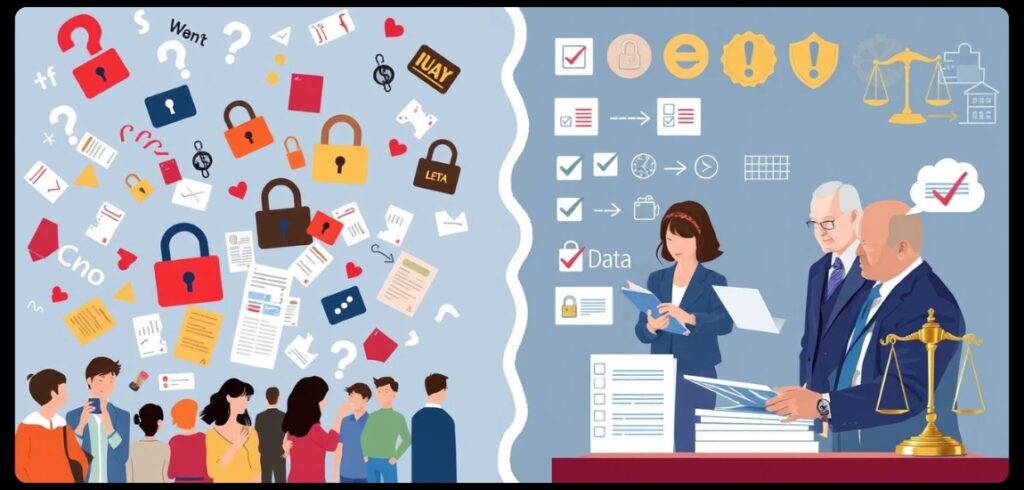
While the facial recognition payment system gains popularity worldwide, regulations are lagging behind:
China does not have specific laws for biometric data, but the country does have various regulations in place, including the Personal Information Protection Law (PIPL) and Cybersecurity Law according to some individuals. These laws set firm rules for gathering and utilizing biometric data like facial recognition, safeguarding users’ data, and necessitating consent for its utilization.
United States: The quality of biometric laws varies by state, with only some having strong legislation. Certain states, such as Illinois, possess robust Biometric Information Privacy Act (BIPA) legislation, whereas others do not provide any protection.
European Union: The GDPR emphasizes the importance of biometric data and mandates additional safeguards for its protection. Nevertheless, there are instances where legal enforcement varies among nations, leading some to argue that laws are not keeping pace with advancements in technology. [Source: 1,2]
7. Facial recognition payment systems do not provide foolproof security
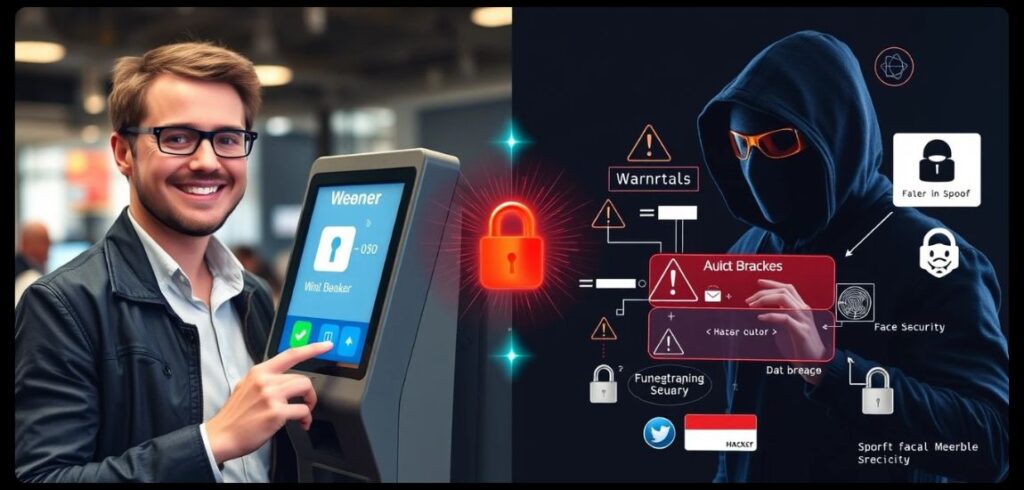
Facial recognition systems are occasionally deceived. There have been instances where biometric security measures were bypassed:
Apple’s Face ID was deceived by a 3D-printed mask which was priced at just two hundred dollars.
The Samsung iris scanner was fooled by a printed photo and a contact lens, exposing vulnerabilities in biometric authentication.
DeepMasterPrints, AI-generated fingerprints, can deceive fingerprint scanners with a 77% accuracy rate and only a 1% incorrect match rate.
These instances demonstrate that biometric systems, such as facial recognition payment systems, are susceptible to sophisticated hacking attempts. [Source: 1,2,3]
8. Solutions to Enhance the Security of Facial Recognition Payment Systems
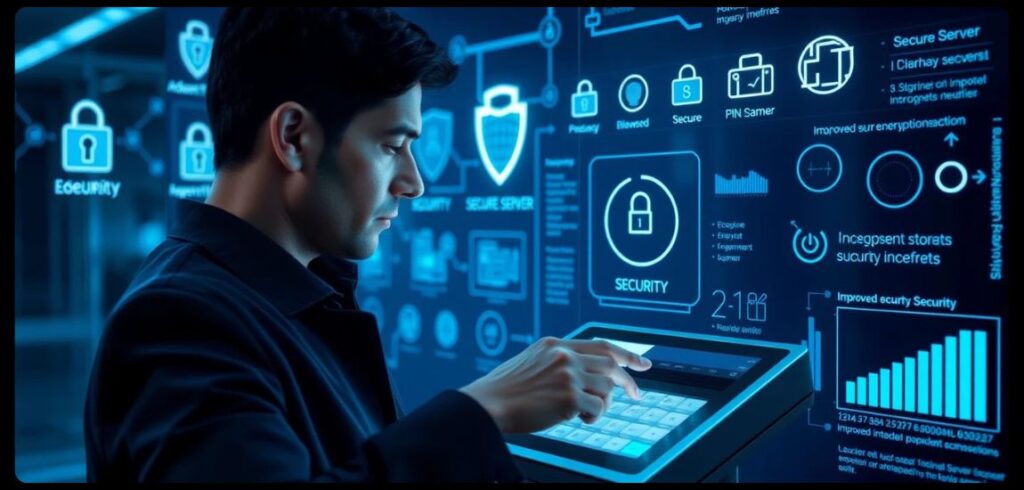
Decentralized identity solutions are arising as possible methods to tackle security challenges:
Local Data Storage: Instead of transmitting biometric data to central servers, storing data on the user’s device reduces the risk of potential security breaches. This technique minimizes the chance of widespread data breaches.
Cryptographic Proofs: Instead of sending biometric data, verification can be carried out using cryptographic proofs. This guarantees that, even if it is intercepted, the data will still be of no use to hackers.
Decentralized Verification: Decentralized verification means using blockchain or other decentralized technologies to lessen dependence on one central authority for verifying identity. This can improve security by dispersing control and increasing the difficulty for malicious actors to exploit the system.
Although these solutions show potential, the current use of these technologies to safeguard facial recognition payment systems is still quite low, with only a few companies adopting them at the moment. [Source: 1,2,3]
9. Are We Ready for a World Dominated by the Facial Recognition Payment System?

The use of facial recognition payment systems is becoming a habit for people due to technological advancements and growing government backing, making payments quick and convenient. As the payment system environment changes, consumers need to adapt to new payment methods and be cautious of the potential risks involved. It resembles a hybrid method that merges classic traditional and modern biometric payment techniques, giving users additional choices.
Final thought: Adopting the Facial Recognition Payment System
Within the next five years, the method of payment for products and services could undergo significant changes, as the facial recognition payment system becomes a key component. This technology offers a personalized, secure, and convenient option to replace traditional payment methods. Nevertheless, there are still significant obstacles regarding privacy, regulations, and the safeguarding of biometric information.
With the government and businesses promoting facial recognition payment systems, it is important for consumers to remain informed and advocate for enhanced data protection measures. The change is coming, regardless of our readiness – are you ready for a future where your face serves as your wallet?

